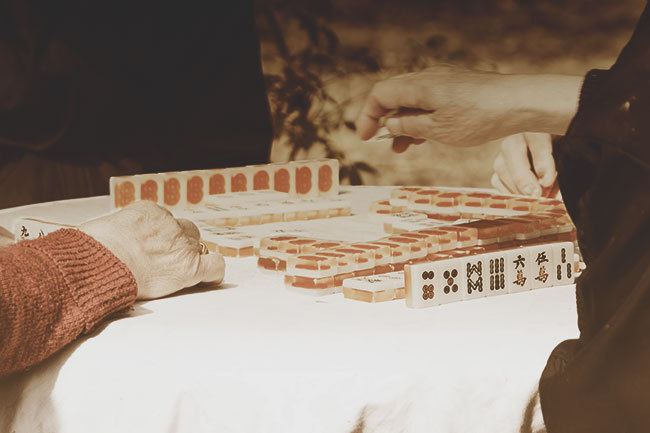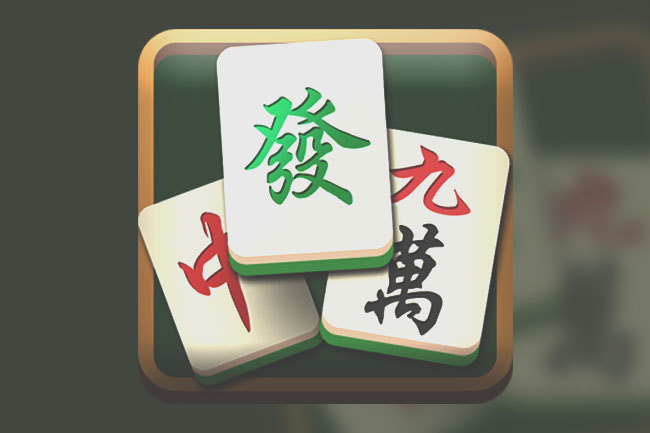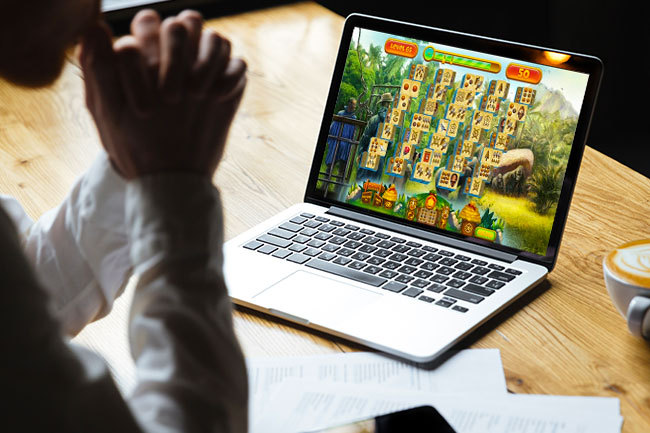Mahjong is one of the popular tile-based games that also allow people to wager and have some fun with their friends. Its Chinese origins make it a popular gaming offering across Asia with different styles featuring various specifics. For example, Japan, South Korea, and Southeast Asia have a three-player variation of this popular game that is typically welcoming up to four individuals at a time.
The game in its core is a game of skill, involving strategic thinking, as well as a pinch of calculation, ensuring that the players are kept entertained for hours. In order to get to know this gaming offering a little better we should start with the very basics of the game – the tiles it utilizes for the gameplay.
Mahjong Origins

The typical Mahjong set includes a total of 144 tiles with Chinese characters and symbols drawn on them. They have a rectangular shape and their production comes with a lot of care. Throughout Asia, some regions have their unique and typical tiles added to the overall bunch of tiles, making the game more personal to the players. Some of the most typical tiles used represent dots, bamboo, dragons, as well as flowers.
In addition to those, players also enjoy characters, the four seasons, and winds, making the game even more mystical and enchanting. The Simples tiles include characters, bamboo, and dots. As for the Honors tiles, those are divided into winds and dragons, featuring intricate drawings on the tiles. There are also bonus tiles representing flowers and seasons, which play a special part in the overall gameplay.
If the player draws a Bonus tile, they should not add them to their hand, but instead set it aside, in order to keep the score accurate. An extra tile is drawn after that. The goal when playing Mahjong is for the player to lay their hands on the highest combination of tiles. This would make it easier for them to continue with the game action.
Mahjong Setting

The first step is a thorough shuffling of all the tiles, ranging between 136 and 144. Every player then picks several of the tiles and creates a wall of sorts in front of them. The four individuals participating in the gaming action end up creating a square commonly referred to as the Great Wall. The first step of building a wall calls for the picking of six tiles that should remain unknown to the player.
They are placed face down in a single row. Then the player builds a second layer of six tiles on top of them. The third step brings six more tiles to the wall, three to the left of the two levels and three to the right of it. Another six tiles are placed right on top of those three-piece side zones from the previous step. As for the last step, it adds ten more tiles in two levels, creating the final wall of the player.
A roll of the dice is able to determine the roles of the dealer and the banker. Each of the players has the chance to serve as the dealer of the game for four of the 16 rounds of the Mahjong game. The dealer trolls three dice and the player whose wall is chosen counts the tiles in his own wall from right to left. This determines where the wall would be cut like a deck of cards. The dealer receives a total of 12 tiles from all four of the players.
Game Action Begins

This is the point where players have the right to look at their tiles and place them in a specific order, depending on the combinations they could make. The dealer of this particular set of rounds should draw a tile from the wall and they can either keep it or discard it. Players should have 16 tiles in their possession at all times during the draw, meaning that keeping the new tile means a discarding of an old one.
If the dealer has decided to discard the tile, the player to their left could either take it or discard it as well. Players have the chance to create straights or three-of-a-kind during the game. The game continues for 16 rounds and participants could place a bet at the binging of each of them. They should decide what the amount bet would be, as the overall sum goes to the winner. The game ends when all four walls have been taken.
The other scenario includes a player having collected five sets of three tiles and one pair or four sets of three tiles, one four-of-a-kind, and one pair. They are declared the winner and they get to receive the money wagered, but there are some specifics to it as well. If the player draws the winning last tile from the wall, the remaining three players have to pay them the money they had wagered. However, if the winning tile is taken from within the four walls, the player who discarded it has to pay the winner.
Faan Value
The base points also play a role when players pay the winner of the game. Those are faan points or bonus points that have been converted into a specific sum. Faan value is essential and players should keep it in mind. A Pong/Kong of Dragons equals one faan point. So does a Pong/Kong of Seat wind or Round wind, all Simples, as well as a Common Hand: All Chows and a pair of simples.
Only Pongs/Kongs and any pair (also called All-Pong Hand) or an Only one Simple suit with Honors (also known as a Clean Hand) each amount to three faan points. It should be taken into account that the faan value of the hand should be transformed into base points which are then used for the ultimate calculation of the payout for the winner. Hong Kong Mahjong is a preferred payment system for players, as it multiplies the overall payout of the winner after the needed calculation.









